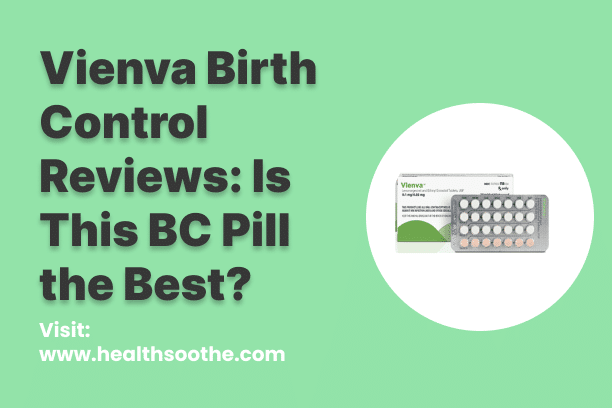
It’s hard for preclinical biotech companies to go public these days as investors look for human data that can reduce investment risk. Crescent Biopharma is more than a year away from the clinic, but joining the public markets now enables the biotech to capitalize on a recent groundbreaking cancer drug development still fresh in investors’ minds.
Crescent is going public in a reverse merger with GlycoMimetics, the companies announced Tuesday. When the transaction is complete, the merged entity will operate under the Crescent Biopharma name. It will be led by Jonathan Violin, Crescent’s current CEO, who is expected to become interim CEO of the combined company. Crescent will also be capitalized with $200 million from agreements with a select group of investors that have pledged to purchase the combined company’s securities. Those purchases will happen immediately after the merger closes in the second quarter of 2025.
Crescent’s lead program is CR-001, a bispecific antibody in development for cancer. Most companies trying to build an investment case talk about how their drugs are differentiated from rivals. Crescent’s executives are doing the opposite, touting similarities to another drug: Summit Therapeutics’ ivonescimab. Last month, that drug posted data showing it topped the blockbuster Merck immunotherapy Keytruda in a head-to-head Phase 3 test. In patients with advanced cases of non-small cell lung cancer, treatment with ivonescimab led to a 49% reduction in the risk of disease progression or death compared to treatment with Keytruda, Summit said.
Keytruda is an antibody designed to block a particular checkpoint protein, which in turn enables immune cells to recognize and go after cancer cells. Ivonescimab, discovered by Summit’s China-based partner Akeso, is a bispecific antibody that blocks two targets: PD-1, the same receptor targeted by Keytruda, and the cancer-driving protein VEGF. Crescent’s CR-001 is also a bispecific antibody designed to block both of those targets. Speaking during a Tuesday conference call, Violin said his company’s drug replicates the properties of ivonescimab. Like Summit’s drug, Crescent’s bispecific antibody works by cooperative binding, meaning it is most active in the presence of both VEGF and PD-1.
“This enables the molecule to deliver benefits to patients that are more than the sum of its parts, and to do so safely,” Violin said. “This novel format enables VEGF to create ‘daisy chains’ of drug molecule, linking them together and increasing the potency for PD-1 blockade. This unique design also may enable localization of drug to the tumor microenvironment, which may help reduce systemic toxicity.”
CR-001 is undergoing the preclinical research that could support an investigational new drug application, which is expected in the fourth quarter of next year or early 2026. Assuming the application is cleared, preliminary clinical data could come in the second half of 2026, Violin said. Because CR-001 replicates the properties of Summit’s drug, Crescent believes data from a few dozen patients can “connect the dots” back to data from hundreds of ivonescimab-treated patients.
“We know the ivonescimab data has catalyzed massive interest in advancing next-generation checkpoint inhibitor therapy — the PD1/PDL1 class is currently a $50 billion market and growing, so when something beats the leader of such a large and important drug class, we expect competition,” Violin said. “We anticipate this will be similar to what we have seen recently in the obesity field — and we believe we have the advantage of strategic design. CR-001 was crafted specifically to thread the same immunotherapy needle as ivonescimab, putting us in a strong competitive position.”
Competition includes BioNTech and Instil Bio, both of which struck alliances in the past year with China-based companies for rights to bispecific antibodies that target both PD-1 and VEGF. Both programs are in clinical development in China.
Crescent is the fifth company to emerge from Paragon Therapeutics, a firm that conducts biotechnology research and forms new companies around that science. The first Paragon spinout was Apogee Therapeutics, which emerged in late 2022 with a lead drug candidate in development for atopic dermatitis. Last year, Apogee raised more than $300 million in a traditional IPO that came ahead of the start of Phase 1 testing.
Crescent’s pipeline of drugs from Paragon includes two preclinical antibody drug conjugates, CR-002 and CR-003. The company isn’t disclosing much detail about either program, but Violin said CR-002 “targets a highly compelling pathway” and the drug offers “the chance to be first in class.”
GlycoMimetics was focused on developing treatments for cancer and inflammatory diseases with small molecules that inhibit carbohydrate interactions on the surface of cells. In July, FDA told the company its lead drug candidate, uproleselan, a potential treatment for advanced cases of acute myeloid leukemia, needed an additional clinical trial. Subsequently, the company laid off staff and announced it would explore strategic alternatives. Crescent said it intends to determine potential paths forward for uproleselan.
The private investment in the newly merged Crescent will be led by Fairmount, Venrock Healthcare Capital Partners, BVF Partners, and an unnamed “large investment management firm.” Other participants include Paradigm BioCapital, RTW Investments, Blackstone Multi-Asset Investing, Frazier Life Sciences, Commodore Capital, Perceptive Advisers, Deep Track Capital, Boxer Capital Management, Soleus, Logos Capital, Driehaus Capital Management, Braidwell LP, and Wellington Management.
When the business combination closes, Crescent’s stockholders will own about 96.9% of the company; GlycoMimetics stockholders will own about 3.1%. Crescent believes its capital will be sufficient to last into 2027. By then, Crescent and its peers should have more data demonstrating how their respective bispecific antibody cancer drugs are working in patients.
Photo by Flickr user Lengyal Mark via a Creative Commons license





